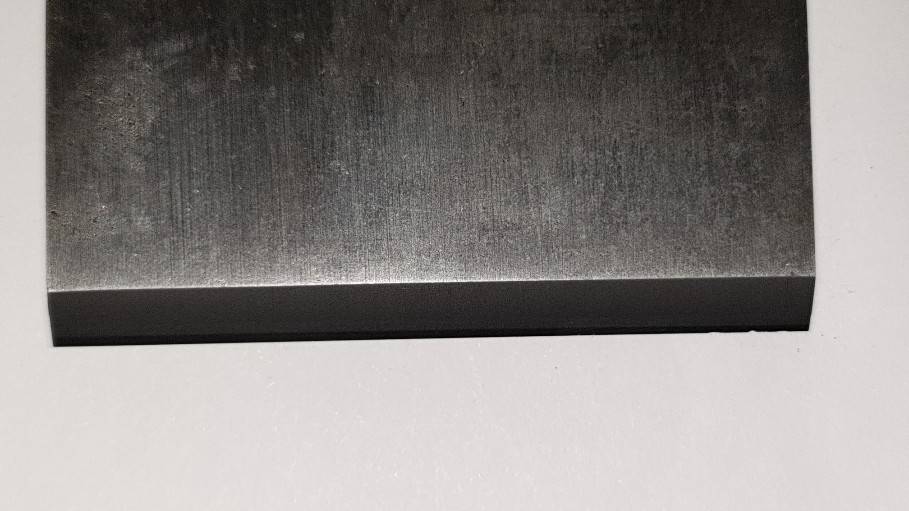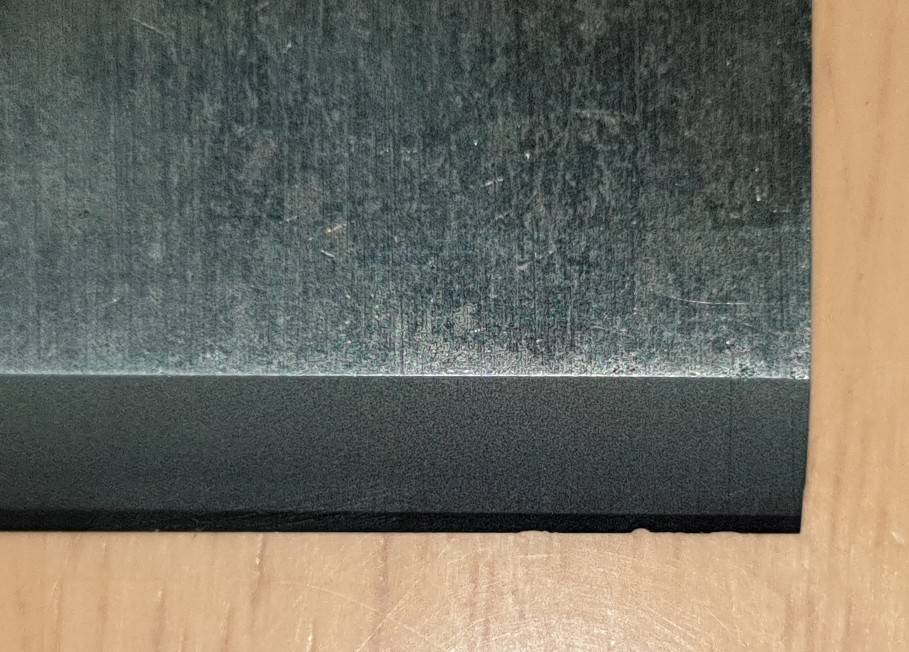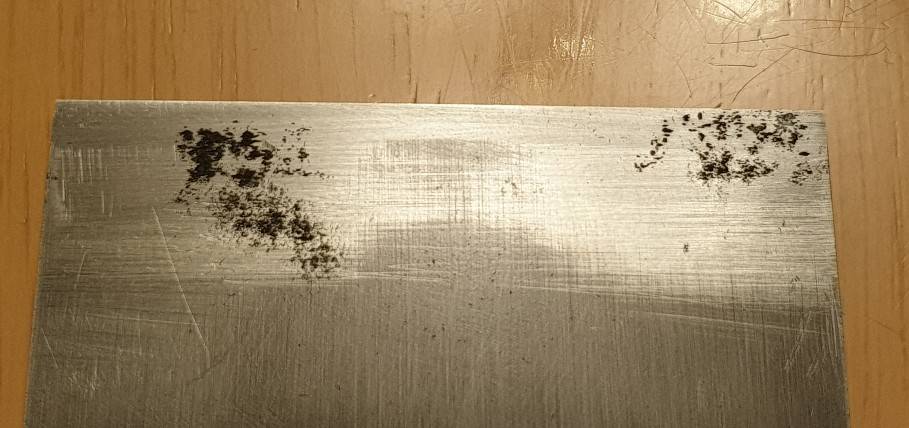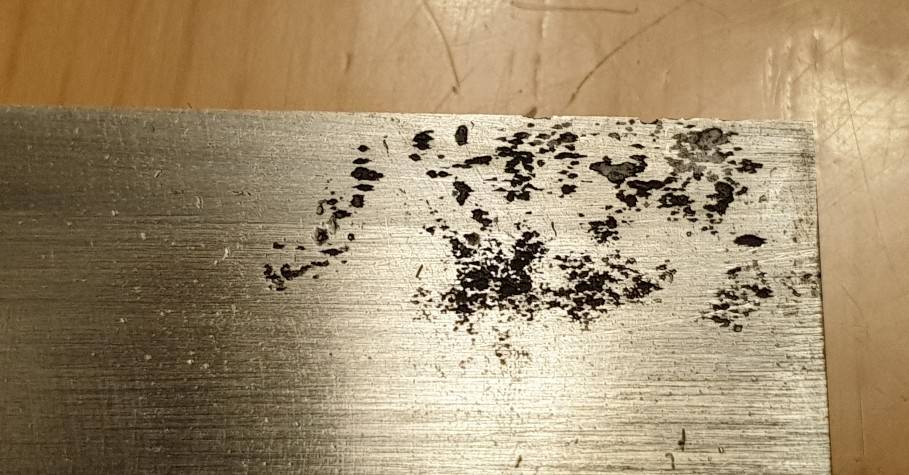Demusss
Established Member
I'm after some advice on the best way of sharpening this blade. It's marked Stanley sweetheart from a number 7. It seems to be a laminated one as there is a line going across the middle of the blade.
The problem I have is that there are small nicks on the right edge due to pitting on the back side.
Do I have to grind the blade all the way past the 2 sections of pitting, one on the left and one on the right. It's about 1.5cm of blade.
Or can I just keep on flattening the back to remove the pitting?
Or is there something else I can do?
Thanks
Anthony
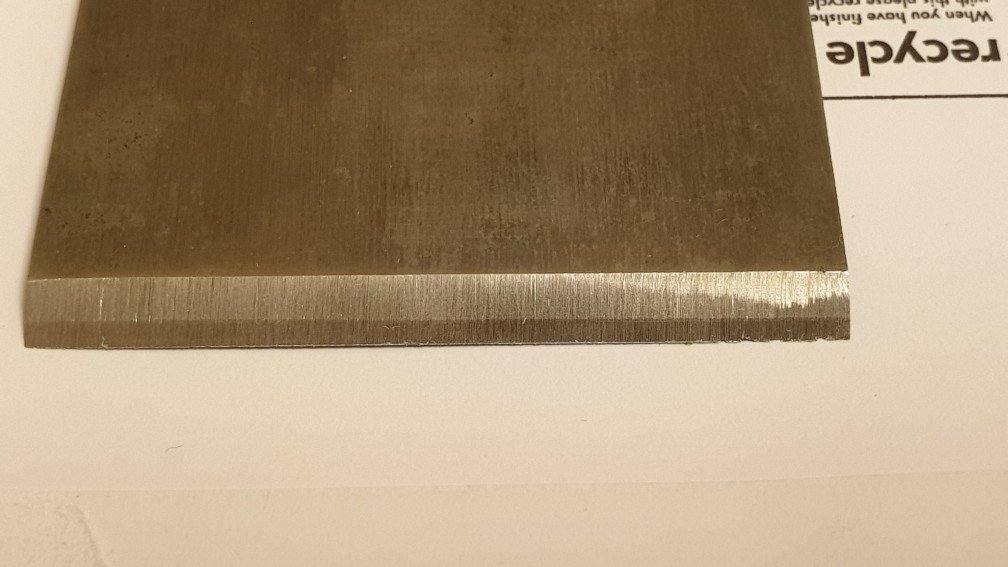
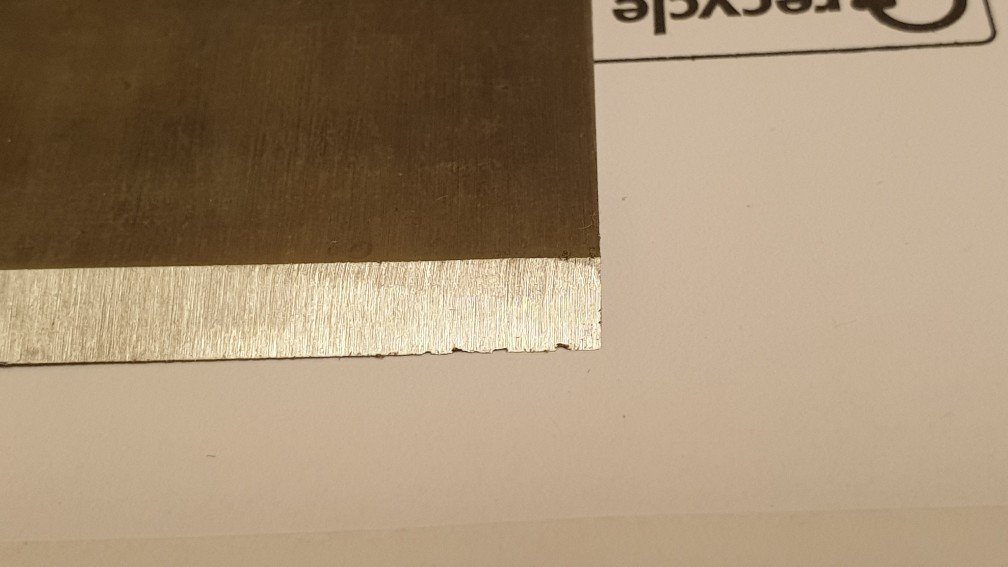
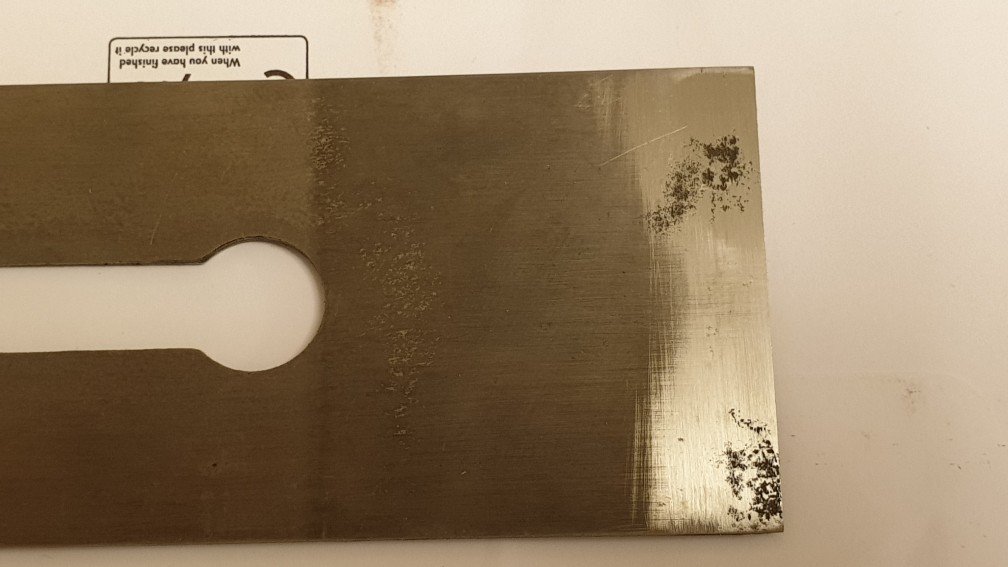
Sent from my SM-G965F using Tapatalk
The problem I have is that there are small nicks on the right edge due to pitting on the back side.
Do I have to grind the blade all the way past the 2 sections of pitting, one on the left and one on the right. It's about 1.5cm of blade.
Or can I just keep on flattening the back to remove the pitting?
Or is there something else I can do?
Thanks
Anthony



Sent from my SM-G965F using Tapatalk


































